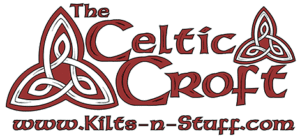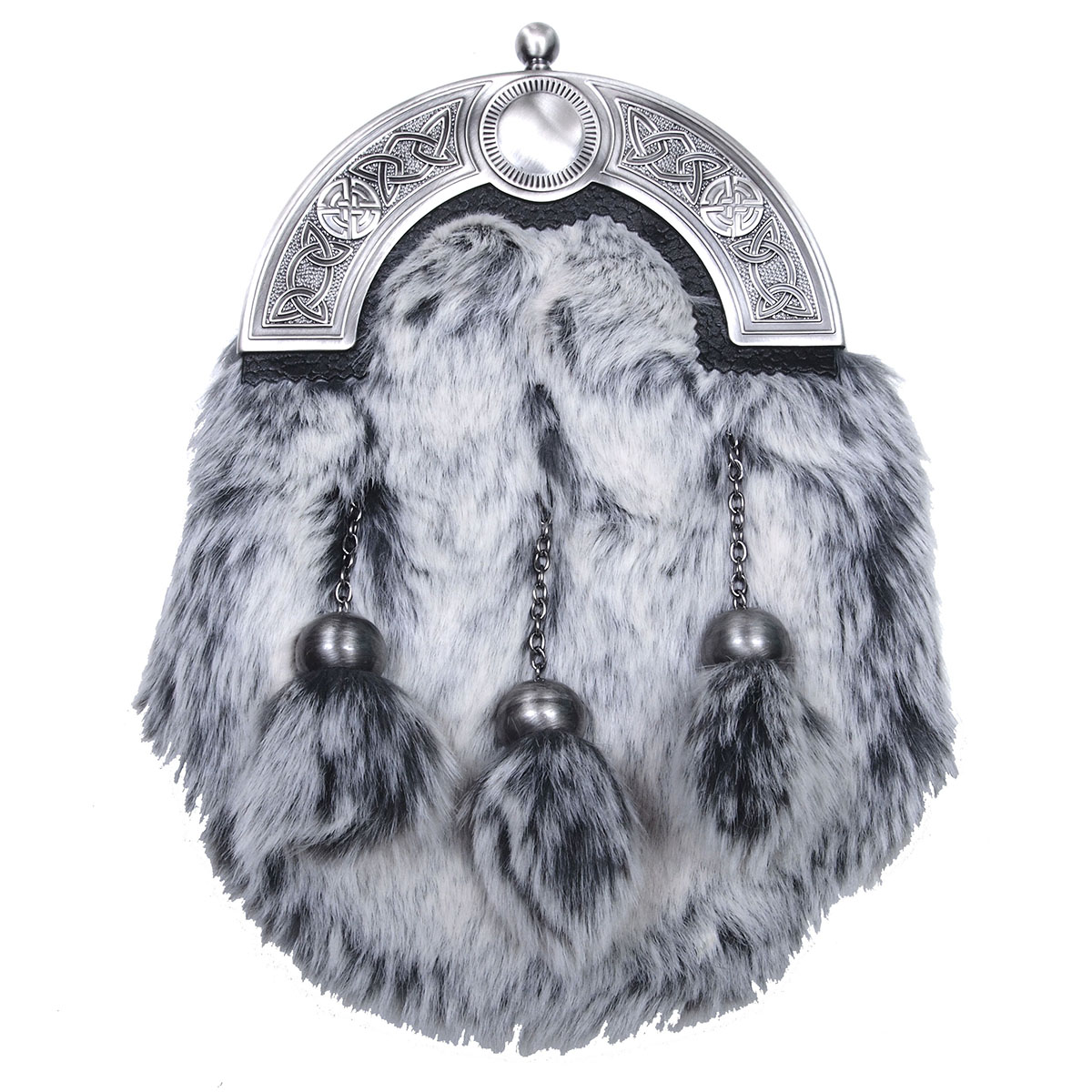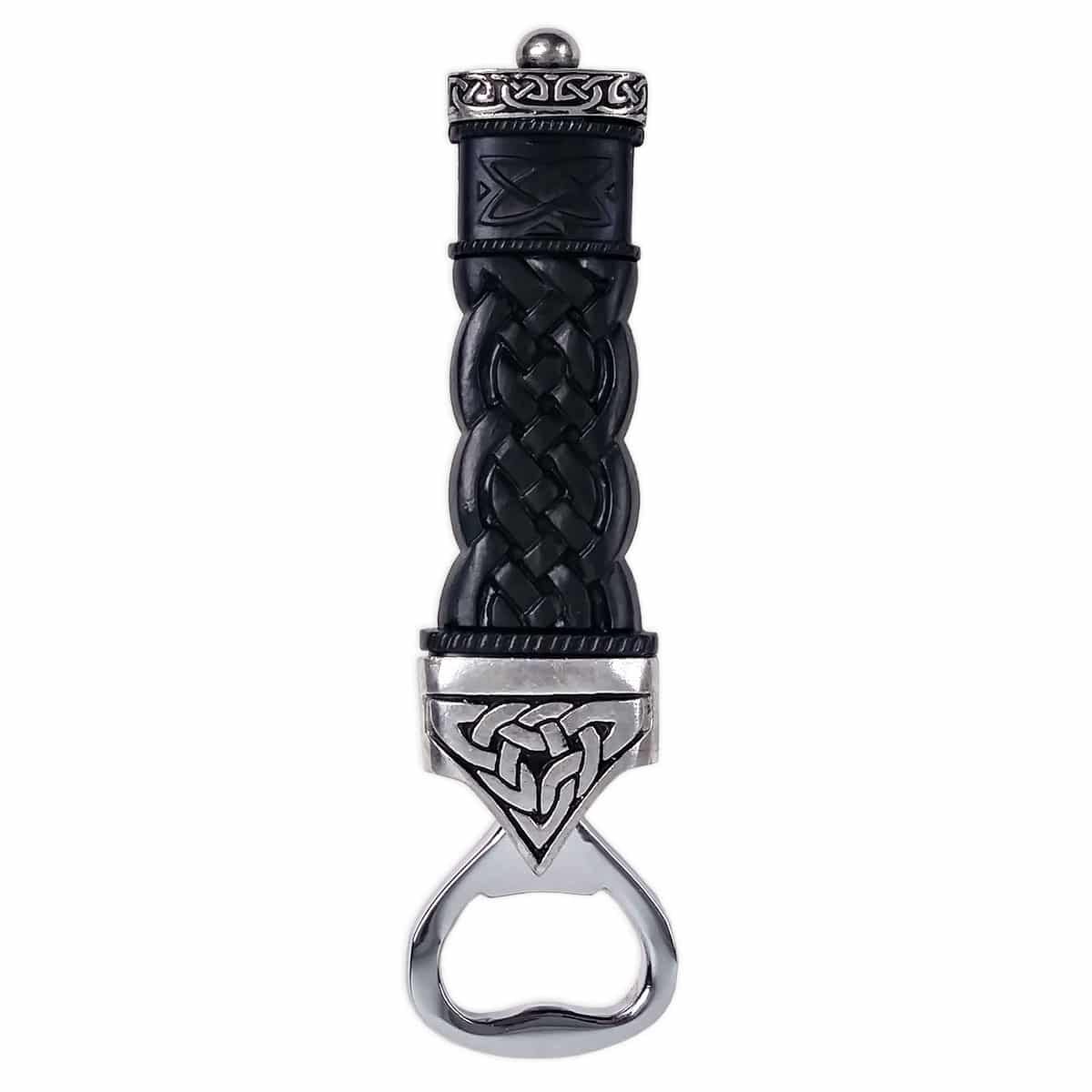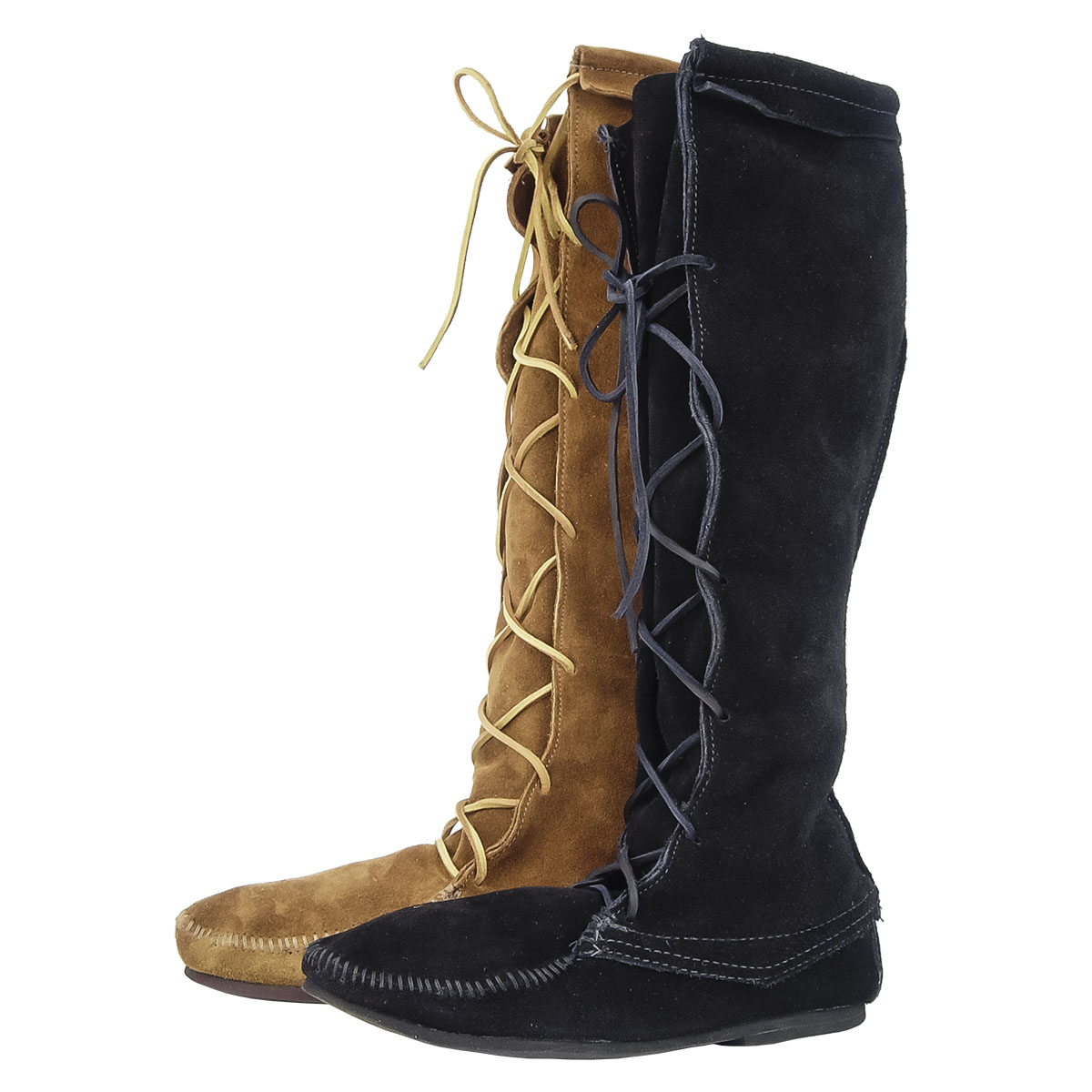Originally published April 2007.
Early Irish Farming
Evidence of agriculture in Ireland starts appearing about 4000 BC. It is interesting to note that these early farmers do not seem to be part of the early Mesolithic settlers, but rather, it seems that farming was introduced from Britain through new settlements at various points around the coast. By 3100 BC there is evidence of major work clearing land for crops and grazing land including field systems running for several kilometers in Country Mayo.
The first plants cultivated seem to have been wheat and barley. The first domesticated animals were cattle, sheep or goats and pigs. These animals also seem to have been imported to Ireland as there is no archaeological evidence of the process of domestication of indigenous breeds.
Although the hunter-gatherer culture seems to have been absorbed by the farming culture within a few centuries, the farming culture had not totally given up their hunter-gatherer traditions. There is clear evidence that they continued to make use of available natural resources such as fish, deer, wildfowl, nuts, crab apples and berries.
Of course a new life style meant new tools, and an associated increase in the appearance of stone axes for clearing land, as well as simple spades, scratch plows, flint and stone tools for harvesting crops, and stone querns for grinding grain.
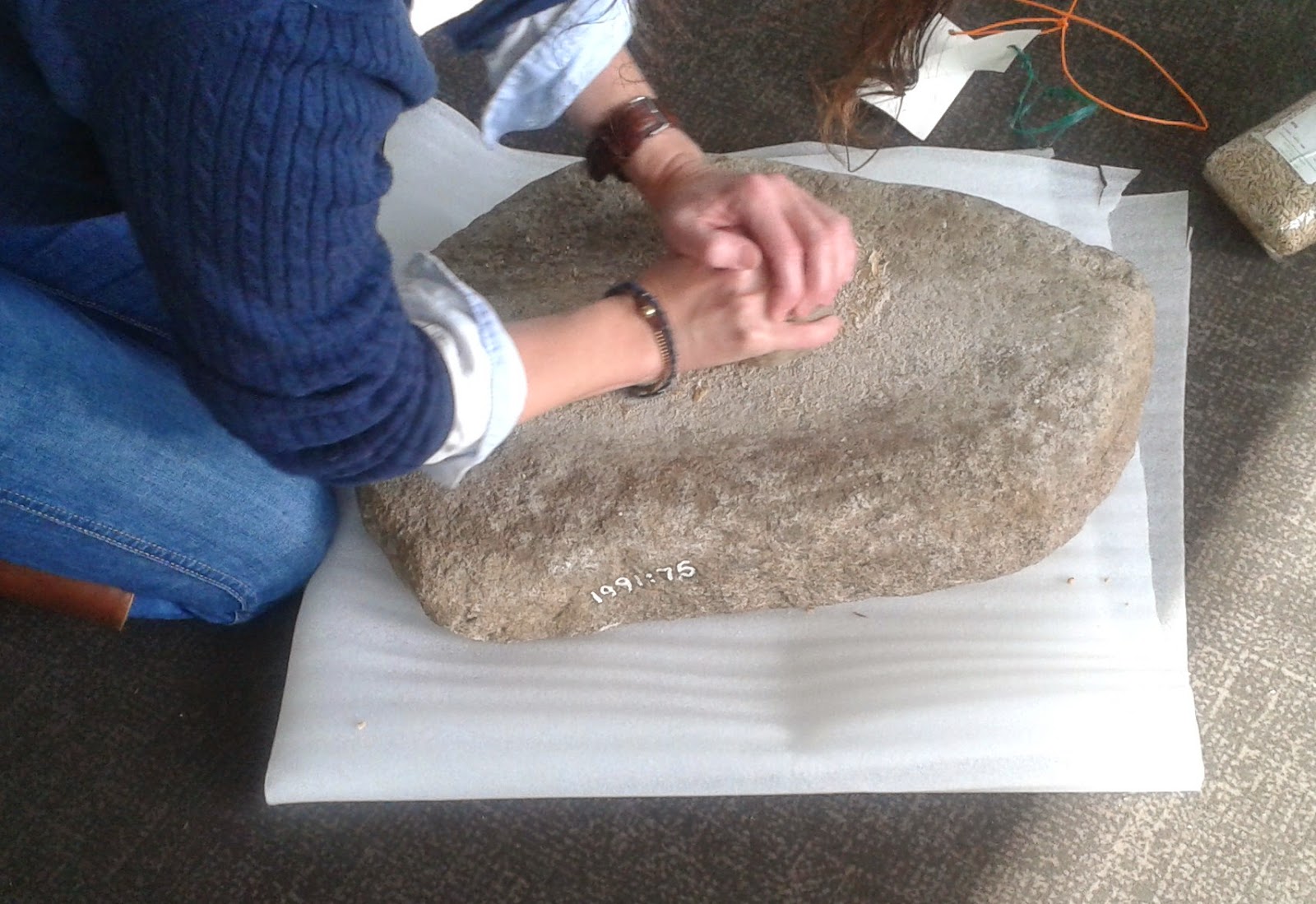
(Grinding of cereals using quern stones Right)
This is also the period when the first pottery began to appear in Ireland, Simple bowls were built up of rings of clay smoothed by hand, and fired in bonfires, or firing pits.
One of the more notable changes started by the early farming culture was in the burial of their dead. There is little surviving evidence of burial customs among the hunter-gatherer peoples of Ireland, but starting around 4000 BC we see the first funerary monuments in the form of megalithic structures consisting of massive rocks that were often covered with soil and sod
